South Africa is rich with culture, history, and flavours. With 11 official languages and a diverse population, its nickname, the Rainbow Nation, is well deserved. Various communities, from indigenous peoples to migrants, settlers, indentured workers, exiles and slaves, have played a role in shaping the country’s gastronomy. The result? A vibrant, flavourful, and unique culinary landscape that varies from city to city.
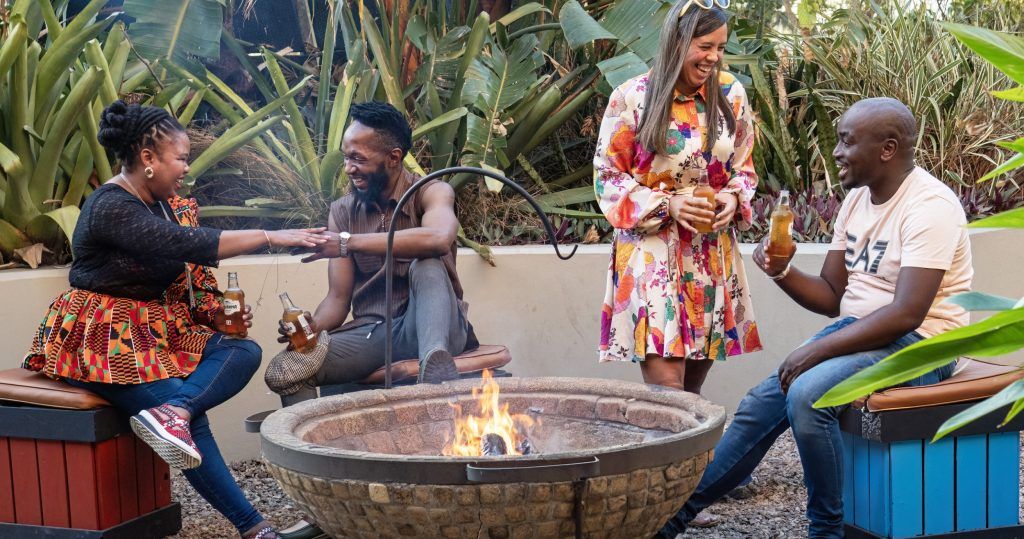
Food flavoured with history
South African food is a reflection of its complex past. Ingredients and cooking techniques from Zulu, Xhosa and other indigenous cultures blend seamlessly with flavours introduced by European settlers; slaves shipped to the Cape from Indonesia and other East Asian countries by the Dutch East India Company in the 17th and 18th century; and Indian indentured workers brought to Kwazulu-Natal by the British Colony in the 19th and early 20th century. There is also evidence of inspiration from other African cultures, most notably neighbouring Mozambique.
The braai: Mzansi’s favourite culinary tradition
No discussion of South African cuisine is complete without mentioning the braai, a barbecue over an open wood or charcoal fire. All kinds of food are cooked this way by the ‘braai master’ (the person in charge of the fire).
A braai isn’t just a simple meal, but a moment of conviviality, governed by its own rules. A common custom is the ‘bring and braai,’ where guests bring their own meat and drinks while the host provides the fire and sides. Popular sides include potato salad and braaibroodjies (toasted cheese, tomato and onion sandwiches made on the fire. Apricot jam or chutney is an optional extra). The tradition of the braai is such an institution that September 24th (Heritage Day) is also known as Braai Day: a day for South Africans to get together and cook an assortment of meats (from beef and lamb chops to sosaties and steak) on the braai.
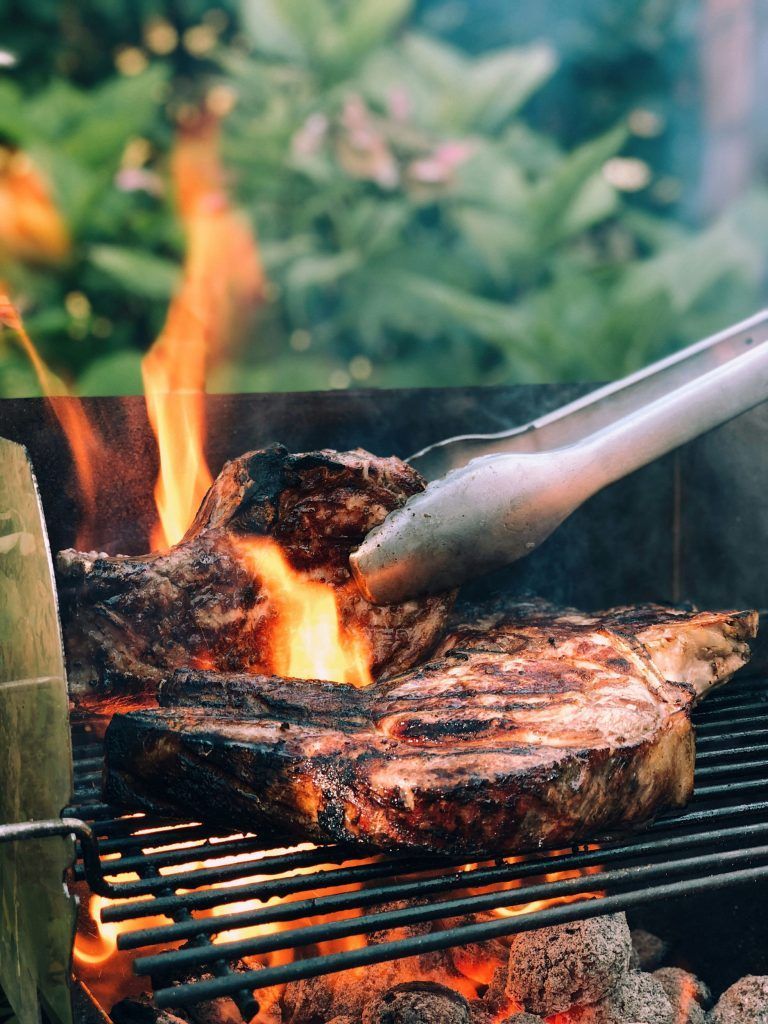
More savoury favourites
Pap – A type of porridge made with maize meal. It can be eaten for breakfast with sugar and milk, or salted and served for lunch or dinner with vegetables and/or meat.
Samp and beans – A hearty dish of coarsely ground dried maize cooked with beans (most commonly sugar beans) for several hours. Sometimes beef is added. Eat it on its own or with a side of chakalaka. Most South African supermarkets also sell a tinned version of chakalaka. (Samp and beans is said to have been one of Nelson Mandela’s favourite dishes.)
Sosaties – Meat threaded on to skewers and cooked over an open fire. Sometimes vegetables or dried fruit are placed between the chunks of meat (most commonly peppers, dried apricots or red onion wedges.)
Umleqwa – A Zulu dish of ‘hardbody’ free-range chicken, slow-cooked for hours with potatoes and mushrooms.
Vetkoek – Deep-fried dough, most commonly filled with cheese and apricot jam, or minced meat.
Boerewors – A popular coiled sausage made from minced beef, sometimes combined with lamb and/or pork and infused with spices. In order to be called boerewors, it must legally contain 90% meat (beef, pork, lamb) and no offal. Boerewors and sosaties can be bought from any butcher or grocery store.
Potjiekos – A type of stew cooked over the fire in a three-legged cast iron pot. Vegetables are layered over the meat and steamed over an open fire. Served with pap or rice.
Cape Malay curry – A fragrant curry, consisting of a chicken, beef, lamb or mutton cooked with several spices (including cardamom, turmeric, cumin and cinnamon) and served with rice.
Durban curry – Durban-style curry is very different and much hotter than its Cape Town cousin and both versions deserve a sample during your visit.
Biryani – A Cape Malay rice dish, consisting of rice, meat, vegetables and spices.
Samoosas – Triangular pastries filled with finely minced, spiced meat or vegetables and deep-fried to crispy perfection.
Gatsby – This iconic Cape Town street food comprises an oversized, overstuffed submarine sandwich, usually filled with fries (called ‘slap chips’ in South Africa), sauces and meat like steak or polony. The idea is that you share it with friends.
Bobotie – This spicy, oven-baked minced meat dish topped with an egg custard was originally introduced by Dutch settlers and later influenced by Cape Malay flavours. Bobotie is commonly served with yellow rice with raisins, and chutney.
Bunny chow – A popular Durban street food consisting of a hollowed-out loaf of bread filled with curry, originally created as convenient street food for Indian labourers.
Atchar – A spicy pickle or condiment, similar to chutney, made from fruit (mango is a popular choice) or vegetables.
Chakalaka –A spicy vegetable relish, often paired with pap or grilled meat and said to have been originated by Mozambican miners living in the townships of Johannesburg in the 50’s and ‘60’s.
Biltong & droëwors – Dried, spiced meat snacks, similar to jerky, but uniquely South African.
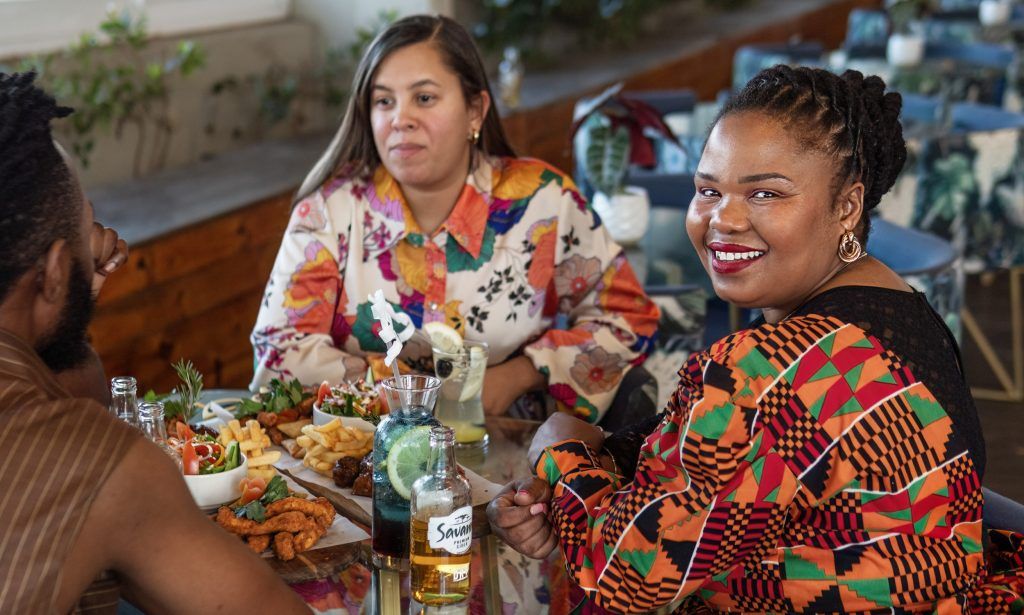
Don’t forget dessert
Koeksisters – Syrup-soaked, deep-fried pastries made from plaited dough. Crispy on the outside, soft on the inside.
Koesisters – Often confused with the koeksister, the Cape Malay version is missing a ‘k’ and loaded with spices (cardamom, ginger, naartjie zest, aniseed, cinnamon). It’s deep-fried and dipped in a cardamom, cinnamon and sugar syrup, then coated with desiccated coconut.
Milk tart (Melktert) – A creamy cinnamon-dusted tart. There is a fridge version and a baked version. (While both are good, we think the baked version is vastly superior.)
Malva pudding – A baked, spongy pudding containing apricot jam; best served with custard or ice-cream.
Peppermint Crisp tart – A fridge tart made by layering caramel, cream and Peppermint Crisp chocolate over a base made from crushed coconut biscuits.
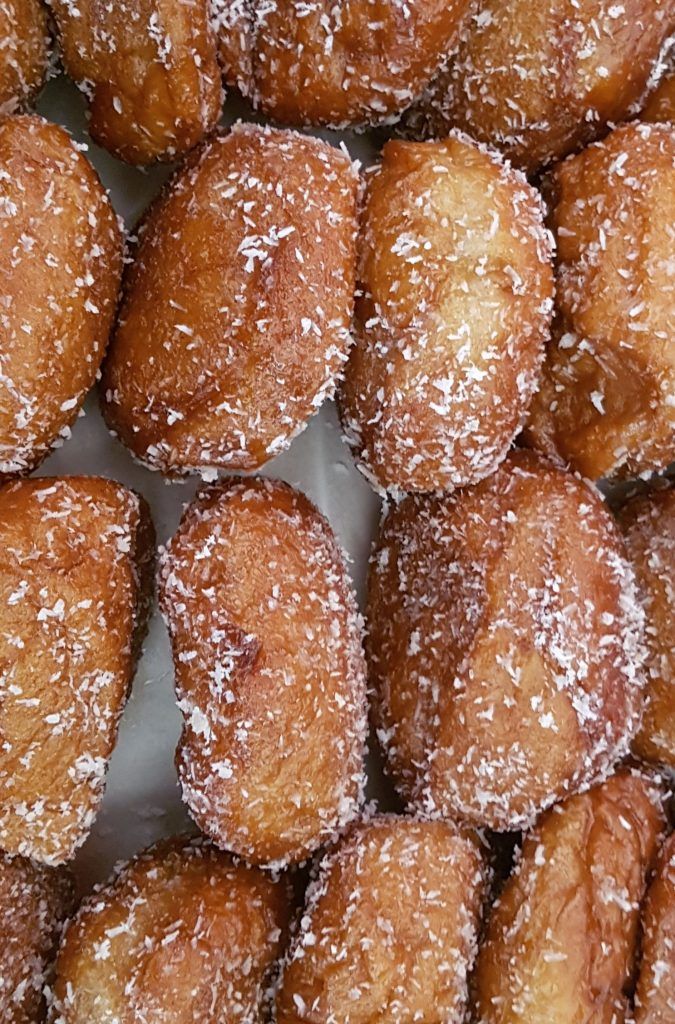
Must-try drinks
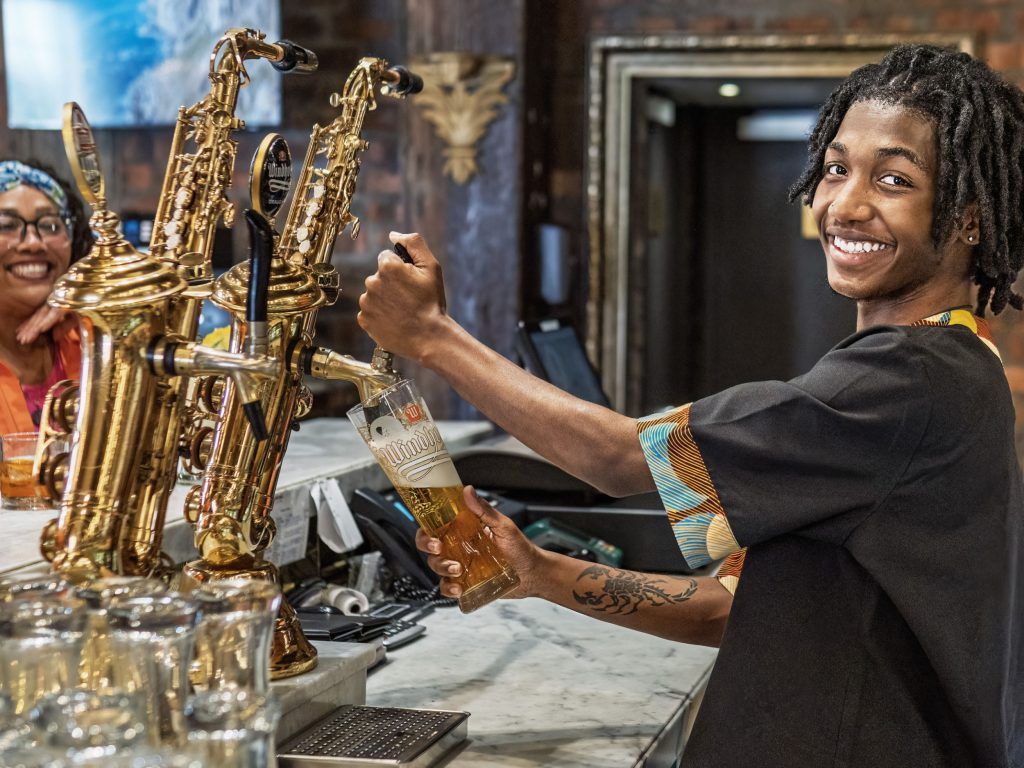
Rooibos tea – If you try only one South African drink on your visit, it has to be rooibos (red bush) tea. You’ll be hard-pressed to find a South African home that isn’t stocked with this caffeine-free red tea that’s native to South Africa and packed with antioxidants. Rooibos can be enjoyed either with milk and/or sugar or with honey and/or lemon.
Amasi – A fermented milk drink, known for its probiotic benefits. Drunk on its own or enjoyed as a condiment with pap.
Beer – South Africans are big on beer and you’d be hard-pressed to find a braai without one. Local favourites include Castle Lager, Black Label, Windhoek and Umqombothi – a traditional homebrewed maize-based beer. Craft beers are also increasingly popular.
Wine – South Africa is one of the world’s top 10 wine-producing countries, and popular wine regions close to Cape Town include Constantia, Stellenbosch, and Franschhoek. Pinotage, Chenin Blanc and Cabernet Sauvignon are must-try varietals.
Amarula – A creamy liqueur made from the marula tree’s fruit; best enjoyed over ice.
Brandy & Coke – A classic South African alcoholic mixed drink with many nicknames, like Karate Water and the Karoo Martini.

Our takes on local flavours
The restaurants at our South African hotels all offer their own spins on local cuisine. Here are some suggestions on what to try on your next visit:
Klok at Onomo Hotel Cape Town Inn on the Square
The Bobotie spring rolls to start, followed by the Cape Malay chicken curry. End off with malva pudding.
Vivaldi at Onomo Hotel Cape Town Waterfront
For mains, choose between a traditional South African beef bobotie served with yellow rice and raisins, the Karoo biltong quiche served with a side salad or the shisa nyama platter for two (chicken, braai ‘tjop’ and beef sausage served with creamed spinach, chakalaka & pap). Follow with traditional malva pudding with custard or Amarula-infused panna cotta with berry coulis.
31A at Onomo Hotel Cape Town Foreshore
The grilled kingklip (a common local table fish) with salad, green beans and red onions. Follow it with a Dom Pedro infused with Amarula.
Aura Restaurant at Onomo Hotel Johannesburg Sandton
The braised oxtail with pap.
Ingwe and Topaz Restaurant & Sky Bar at Onomo Hotel Durban
The Durban curry pizza or one of their Ubuntu Platters.
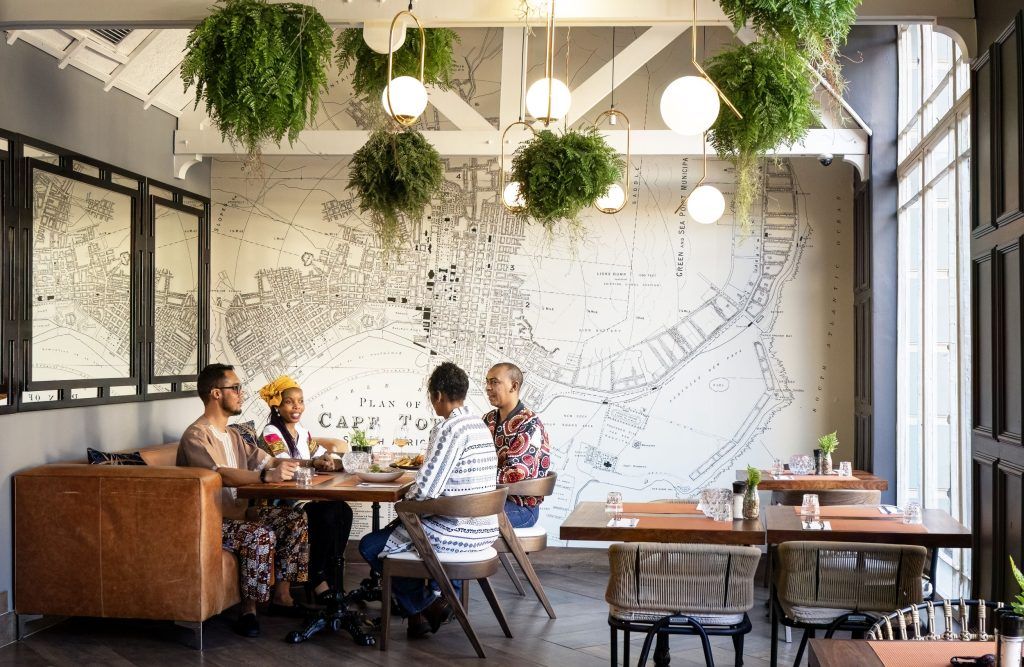
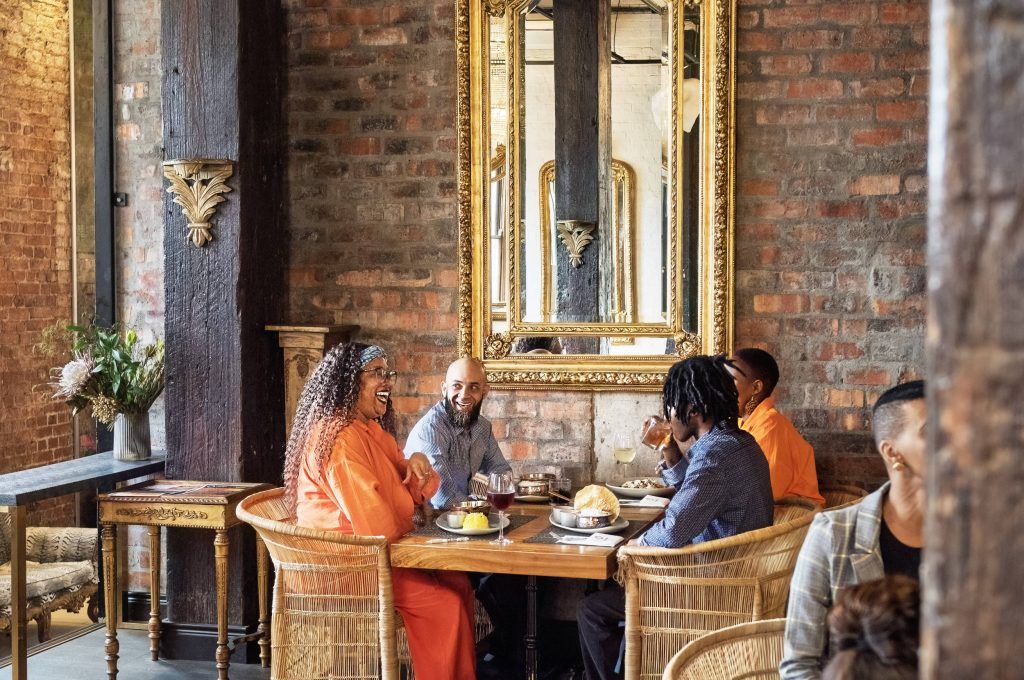
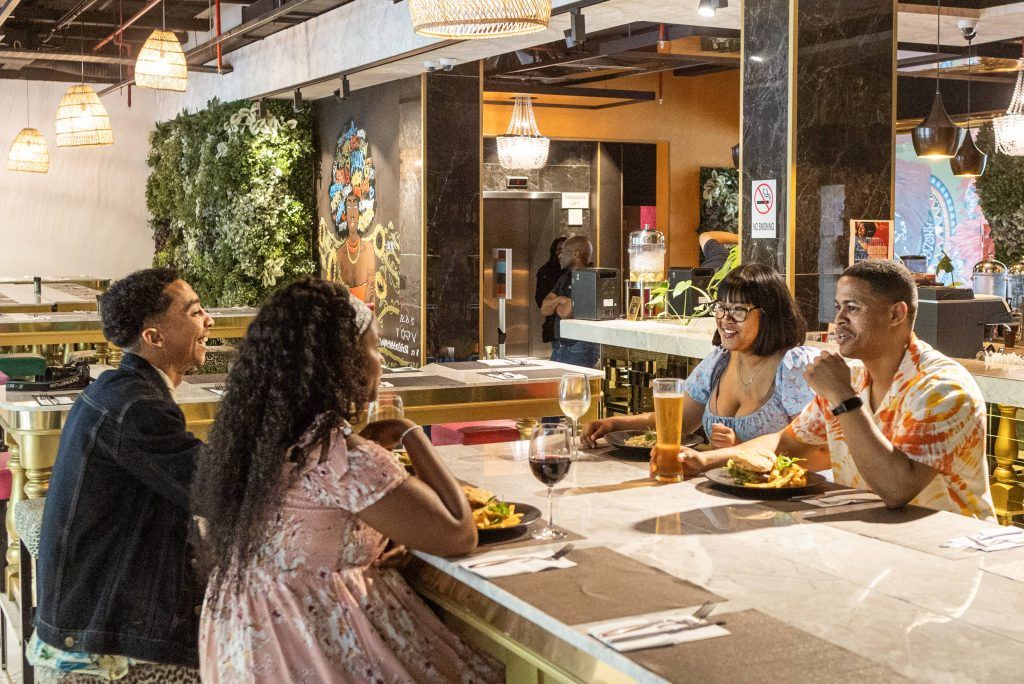
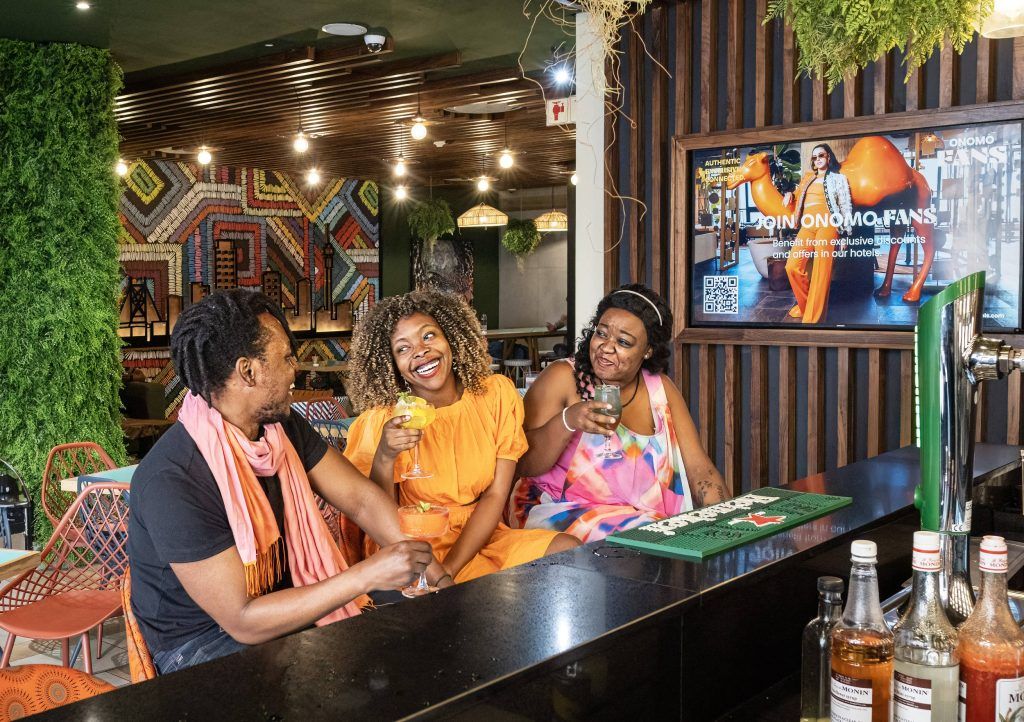

A culinary journey worth taking
South Africa’s food culture is as diverse as its people, offering an enticing blend of flavours, history, and tradition. Whether you’re biting into a samoosa, devouring some boerewors on a hot dog roll with tomato and onion relish (also known as a boerie roll), or experiencing the magic of a braai, each bite tells a story of the Rainbow Nation’s present and past.
So, if you’re planning a trip to South Africa, make sure to bring your appetite—you’re in for a delicious adventure.